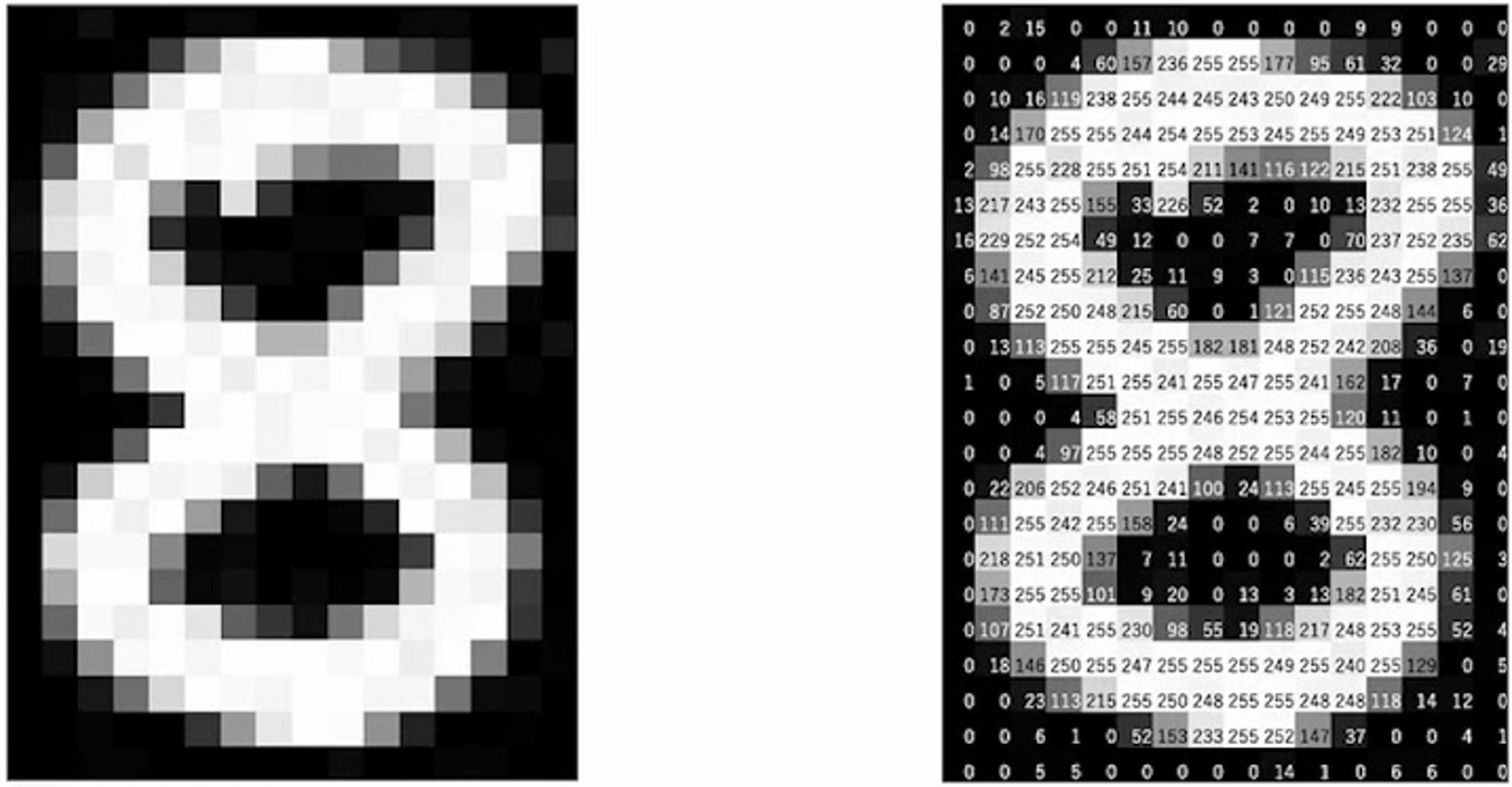
How Does the Number Identification System Work?
This project uses the MNIST dataset and a neural network to identify numbers. Here’s how it works step by step:
- When you show a number to the camera, the system captures the image.
- The image is converted to black and white and resized to 28x28 pixels to make it easier for the system to process.
- The neural network analyzes the image and predicts the number by comparing it with patterns it learned during training.
- The system even speaks the predicted number using text-to-speech technology!
It’s like teaching a child to recognize numbers, but the system learns from thousands of examples in a fraction of the time.
What is the MNIST Dataset?
The MNIST dataset (Modified National Institute of Standards and Technology) is a collection of images of handwritten digits, ranging from 0 to 9. It's one of the most famous datasets for teaching computers to recognize numbers.
The dataset contains:
- Training Set: 60,000 images for the computer to learn from.
- Test Set: 10,000 images to check how well the computer learned.
Each image is 28x28 pixels, making it small and easy for computers to process. The dataset is widely used because it helps machines understand handwriting, even if it's messy or slanted.


What is a Neural Network?
A neural network is like the human brain. Imagine your brain as a system of connected dots (neurons). These neurons work together to solve problems, like identifying numbers or recognizing faces.
Neural networks have three main parts:
- Input Layer: This is where the data (like an image) enters.
- Hidden Layers: These layers process the data. They look for patterns, like curves or edges in a number.
- Output Layer: This layer gives the result, such as the number the system thinks it saw.
By training the network, it learns how to make better guesses over time, just like how we get better at solving puzzles with practice!
Features of the Project
- Uses the MNIST dataset for accurate digit recognition.
- Real-time identification with a live video feed.
- Generates audio output for the identified number.
- Interactive and educational—great for learning about AI!